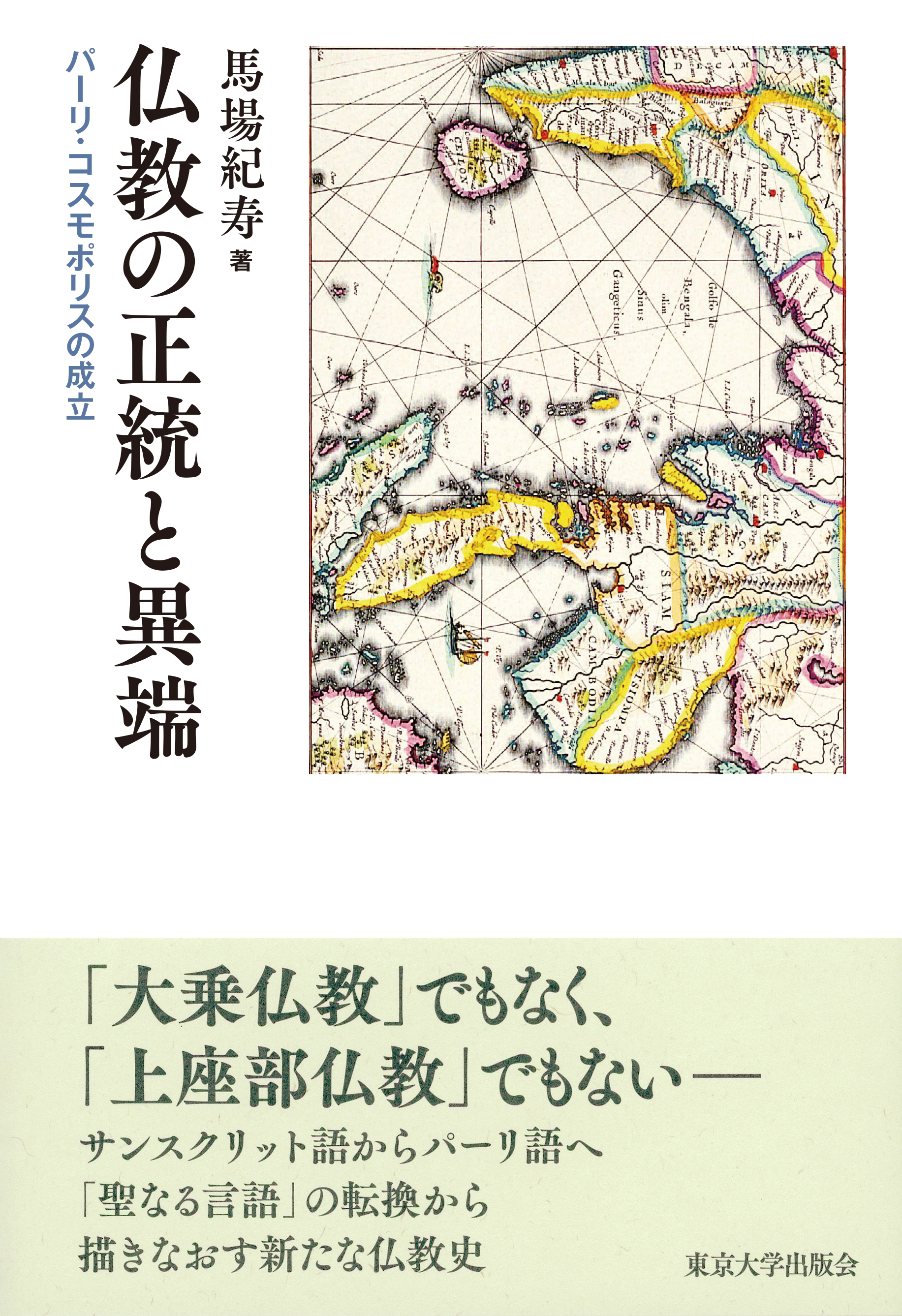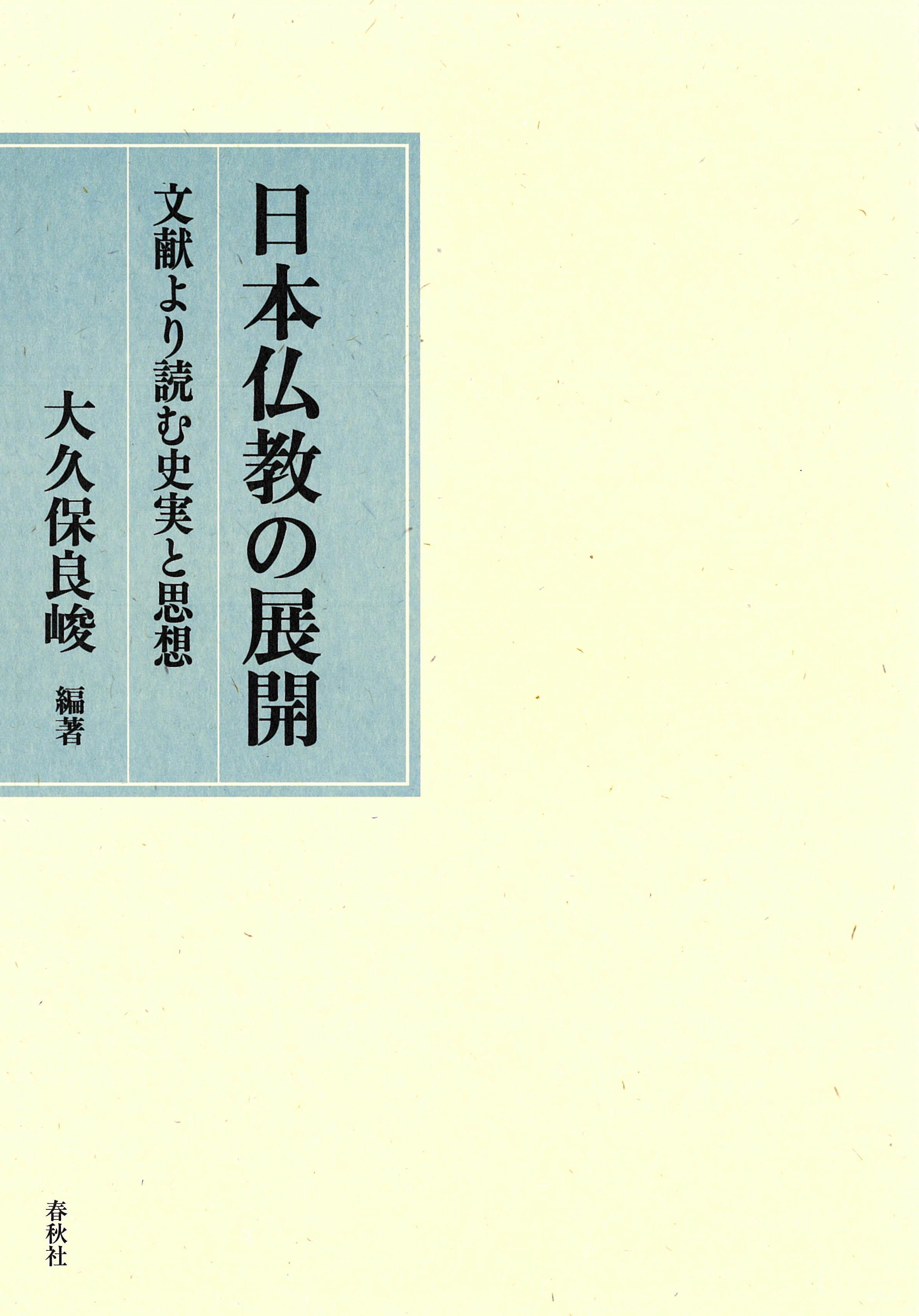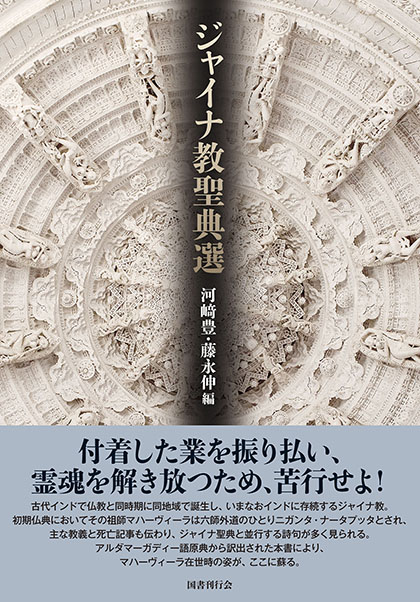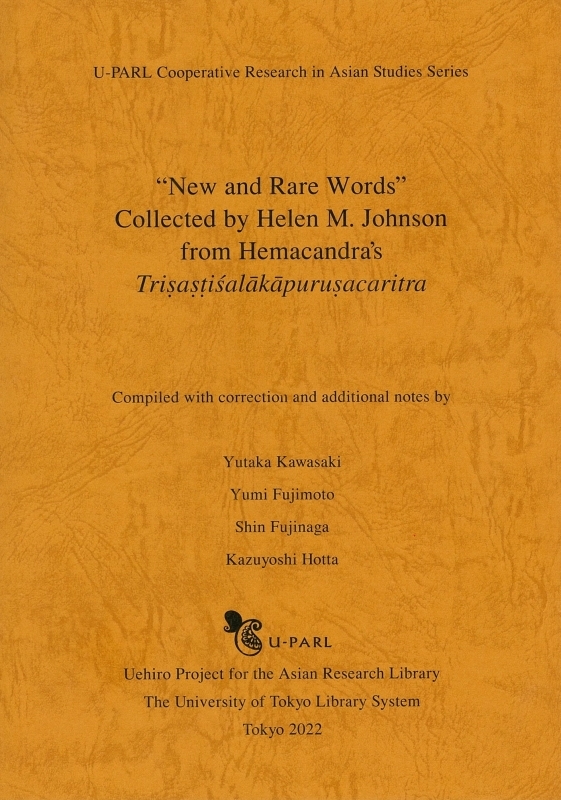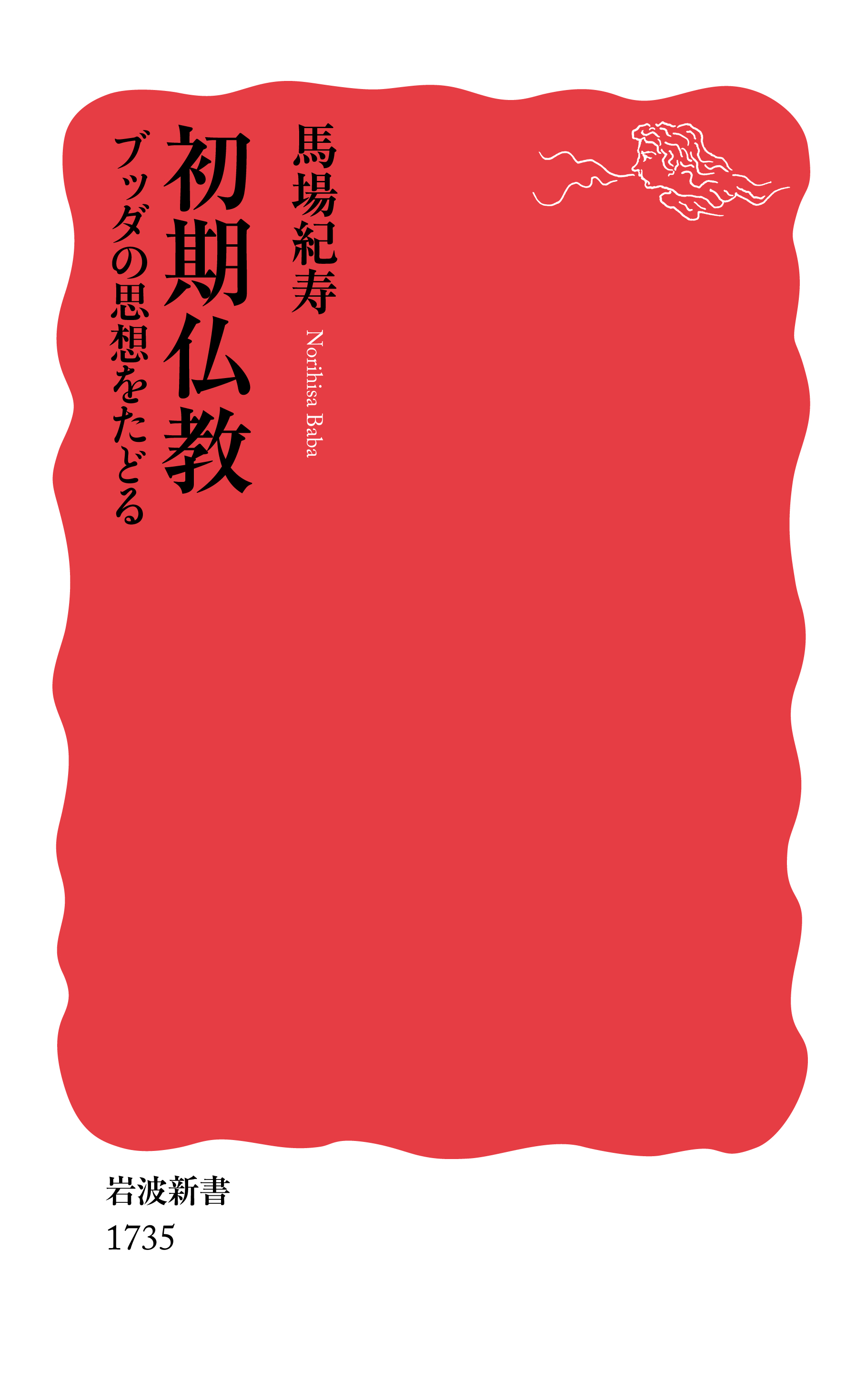
Title
Iwanami Shinsho Shoki Bukkyo (Early Buddhism: Retracing the Buddha’s Thought)
Size
248 pages, Paperback Pocket Edition
Language
Japanese
Released
August 21, 2018
ISBN
9784004317357
Published by
Iwanami Shoten
Book Info
See Book Availability at Library
Japanese Page
In the middle of the nineteenth century, around the time when Darwin’s theory of evolution put an end to the creation myth of Christianity, an Asian religion was attracting attention in Europe. This was Buddhism, which had spread widely across the Eurasian continent, rejecting a creator and possessing a system of thought that was completely different from that of Christianity.
This interest in Buddhism that arose at the start of the modern era still continues today. How are morality and social order feasible without God? What does it mean to be free from the shackles of ordinary life? Buddhism has been discussing these questions since long before the modern age, indeed since more than five centuries before Jesus was born.
There is in fact much in the teachings of Buddhism that resonates with people today. For example, one Buddhist text says that there is no subjective agent of cognition and cognition arises through interaction between the organs of cognition and objects of cognition, and that those who claim that “I alone know the truth” are merely attached to their own experiences and views. This can be read as a criticism of religions that place God or providence at the centre of their doctrines.
This book goes back to the starting point of Buddhism and discusses its ideas. The market is awash with books about Buddhism that set out the author’s beliefs in the name of the Buddha. In contrast, this book identifies the ideas of early Buddhism in ancient India on the basis of textual research and explains the historical context at the time. It is, as it were, an invitation to ancient India for those with an interest in Buddhism.
Of course, it is no easy matter to discuss early Buddhism in evidential terms. It is only after having compared Buddhist scriptures transmitted in the ancient Indian languages of Pāli and Sanskrit or translated into Chinese and Tibetan and then having interpreted them in the light of ancient Indian history that it becomes possible to say anything meaningful about early Buddhism.
Accordingly, in the first half of this book I first survey the process whereby Buddhism was born in ancient Indian society (chapter 1) and narrow down on the basis of demonstrable evidence the traditions that constituted the original form of Buddhist scriptures (chapters 2–3), and in the second half I explain the ideas that thus come to light in the context of contemporary Indian society (chapters 4–6).
With regard to the following two points in particular, I have adopted a completely new method of research. First, when discussing early Buddhism, be it in Japanese or English, it is primarily the Pāli scriptures transmitted by the Theravāda school in Sri Lanka that have generally been used. But in this book I identify the contents of the Buddhist scriptures shared by five schools of Indian Buddhism (Theravāda, Mahīśāsaka, Dharmaguptaka, Sarvāstivāda, and Mahāsaṅghika). I also ascertain the fact that these go back to around the start of the Common Era.
Secondly, I compare the contents of Buddhist scriptures thus identified with Brahmanism, Jainism, and materialism, which were competing with Buddhism at the time, and clarify the position of Buddhism in the history of Indian thought. It is only by means of such comparison that one can understand what sort of meaning the concepts of Buddhism had in contemporary society.
While basing myself on textual analysis, I have avoided overly detailed explanations and have endeavoured to write as clearly as possible so that this book can also be read as an introduction to Buddhism for those readers with an interest in history or philosophy.
(Written by BABA Norihisa, Professor, Institute for Advanced Studies on Asia / 2019)



 Find a book
Find a book


 eBook
eBook